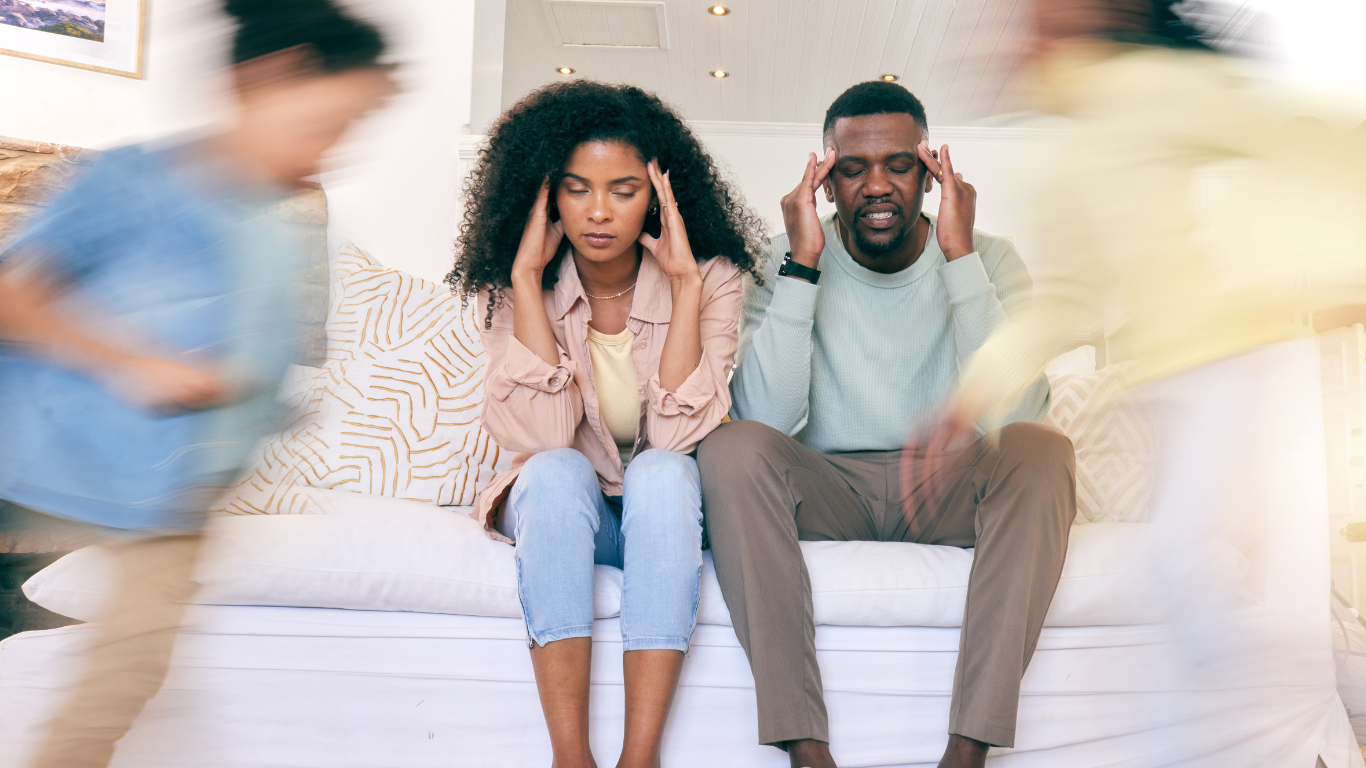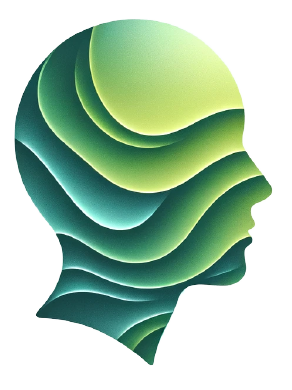Migraine and Sleep: Stopping a vicious circle


Migraines are triggered by a complex interplay of genetic, environmental, and neurological factors. Among these factors, sleep disturbances have been consistently linked to the onset and exacerbation of migraine attacks. Studies have shown that disruptions in the normal sleep cycle, such as irregular sleep patterns or insomnia, can trigger migraine attacks in susceptible individuals1.
Key takeaways
- Why poor sleep patterns trigger migraines … and vice versa
- Common sleep issues affecting migraine sufferers
- Ways for migraine sufferers to get quality sleep
Migraines and the sleep cycle
A trigger and a symptom. If you suffer from episodic or chronic migraine, sleep disturbances are both a trigger for your headaches and a symptom of them. Even more concerning, studies have shown that poor sleep quality, insufficient sleep duration, and irregular sleep patterns can significantly increase the frequency and severity of your migraine attacks1. Conversely, the pain and discomfort of a migraine headache can make it difficult to fall asleep or stay asleep, further exacerbating sleep problems2.
What creates this vicious circle? Getting a migraine from lack of sleep is only one side of the coin: too little sleep also disrupts the body’s Circadian rhythm. This can lead to alterations in neurotransmitter levels, changes in hormone regulation, and increased inflammation. We know that all of these factors may contribute to the development of migraine attacks3 which, in turn, lead to a poor night’s sleep. Oversleeping during the day often causes nighttime sleep disruptions and the over-sleepers find themselves waking up with a headache in the morning. In fact, instead of reducing stress, “sleeping late to catch up on sleep” can often ruin a vacation with morning migraines.
Migraine and sleep disturbances
Research has shown that migraine sufferers are more likely to experience sleep disturbances such as insomnia, sleep apnea, and restless legs syndrome than the general population4. These sleep disturbances can further exacerbate migraine symptoms and decrease overall quality of life. Here are common examples of the link between migraine and sleep.
- Migraines and Insomnia. The most common sleep problem for people living with migraine is insomnia. Sleeping off a migraine attack during the day might trigger insomnia, making it difficult to fall or stay asleep. This leads to non-refreshing sleep and early-morning awakenings that make it harder to function during the day, causing fatigue, poor concentration and loss of motivation.
- Migraine Snoring. Research suggests that people with migraine are more likely to snore than those without migraine, and snoring may be associated with an increased risk of migraine attacks5.
- Sleep Apnea and Migraines. Sleep apnea is a condition characterized by pauses in breathing during sleep. People with chronic migraine are more at risk for sleep apnea. The good news is that many people saw their migraines decrease dramatically after CPAP treatment started to improve their sleep apnea.
- Migraines and Teeth Grinding. People without migraines who clench or grind their teeth at night can wake up with a sore jaw or a dull headache. You can wake up from poor quality sleep with a full-blown migraine.
- Restless Legs Syndrome. Specifically related to migraines, Restless Legs Syndrome (RLS) is a sensory-motor disorder of the nervous system, characterized by a strong desire to move the legs to relieve discomfort. The symptoms tend to become stronger at night and can significantly disrupt the sleep cycle, and headaches result.
- Migraine and REM Sleep. The sleep cycle consists of several stages, including rapid eye movement (REM) sleep and non-REM sleep. REM sleep is thought to play a role in migraine pathophysiology, and disruptions in REM sleep have been associated with an increased risk of migraine attacks. Once again, the culprit seems to be the resulting changes in neurotransmitter levels and alterations in the brain’s pain processing pathways6
Sleep strategies for migraine relief
Getting good-quality sleep is essential for reducing the frequency and intensity of migraines—and reducing migraines is essential for improving the quantity and quality of sleep. This bidirectional relationship can create a vicious insomnia-migraine-insomnia loop. The flip side, however, is good news: Address sleep or migraines and you improve both sleep and migraines.
Here are ways to benefit from the virtuous circle of “migraine-improved sleep habits.”
- Start with migraine prevention. The fewer migraines you have, the greater your chances of good-quality sleep. Because you also avoid those neurotransmitter disruptions you reduce your risk of migraines even further. Many migraine-prevention options come with serious side effects — including insomnia. Doctors usually recommend starting with a nutritional or herbal option like time-tested Dolovent or Petadolex. Even though these are natural supplements, both Dolovent and Petadolex have demonstrated effectiveness that is comparable to new CGRP-targeted migraine prevention drugs.
- Stick to a Regular Sleep Schedule: Go to bed and wake up at the same time every day, even on weekends, to regulate your body’s internal clock.
- Limit Screen Time Before Bed: The blue light emitted by electronic devices can disrupt sleep patterns, so it’s best to avoid screens for at least an hour before bedtime.
- Avoid Caffeine and Alcohol: Both are common migraine triggers and both can interfere with sleep quality. It’s best to avoid them, especially in the hours leading up to bedtime.
- Exercise Regularly: Regular exercise can improve sleep quality and reduce the frequency and severity of migraine attacks. Aim for at least 30 minutes of moderate exercise most days of the week5.
- Create a Restful Environment: Minimize light in the bedroom to create a calm and relaxing sleep environment. Also minimize noise. Be mindful that even white noise can be overstimulating to migraine sufferers’ sensitive nervous system.
- Use Relaxation Techniques: Techniques such as deep breathing, progressive muscle relaxation, and guided imagery can help reduce stress and promote relaxation, making it easier to fall asleep.
- Explore ways to sleep with a migraine attack at night: In addition to all the above strategies, try massaging your forehead with lavender essential oil and applying a hot or cold pack (whichever you prefer). The American Migraine Foundational also recommends a sleeping posture that supports a neutral spine position, including the head, neck, upper, and low back.
Conclusion
The relationship between migraine and sleep is complex and bidirectional. Sleep disturbances can trigger migraine attacks, while the pain and discomfort of a migraine headache can disrupt sleep patterns. By using effective migraine preventatives, adopting healthy sleep habits, and finding ways to sleep during migraine attacks, individuals with migraine can improve sleep quality and reduce the frequency and severity of migraine attacks over the long term.
Sources
- Rains, J. C., & Poceta, J. S. (2006). Sleep-related headache and its management. Primary Care Clinics in Office Practice, 33(2), 425–440. ↩
- Varkey, E., Cider, A., Carlsson, J., & Linde, M. (2009). A cross-sectional study of the burden of cluster headache in Sweden: clinical characterization and health care utilization. The Journal of Headache and Pain, 10(4), 189–196. ↩
- Kelman, L. (2007). The triggers or precipitants of the acute migraine attack. Cephalalgia: An International Journal of Headache, 27(5), 394–402. ↩
- Dodick, D. W., & Silberstein, S. D. (2006). Migraine prevention. Seminars in Neurology, 26(02), 199–208. ↩
- Houle, T. T., Butschek, R. A., Turner, D. P., Smitherman, T. A., Rains, J. C., Penzien, D. B., & Lipton, R. B. (2017). Stress and sleep duration predict headache severity in chronic headache sufferers. Pain, 158(3), 489–495. ↩
- Kelman, L. (2007). The triggers or precipitants of the acute migraine attack. Cephalalgia: An International Journal of Headache, 27(5), 394–402. ↩
- Dodick, D. W., & Silberstein, S. D. (2006). Migraine prevention. Seminars in Neurology, 26(02), 199–208. ↩
Popular articles

Natural Remedies
6 May 2024
10 min read
Migraine with Aura: How to reduce daily impact and long-term health risks
Migraines with aura are not just painful—they carry significant health risks, including an increased likelihood of stroke, seizures, blood clots, and heart attacks, especially for women. Aura symptoms, such as visual disturbances, tingling sensations, or speech difficulties, are linked to neurological waves in the brain, triggered by factors like stress, hormonal changes, and nutrient deficiencies.


